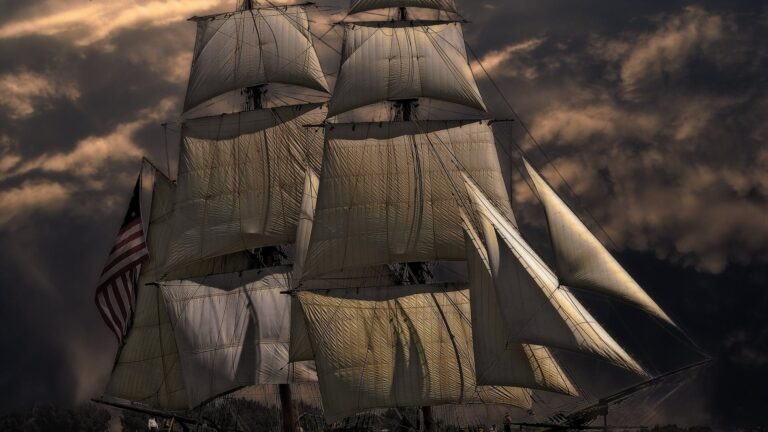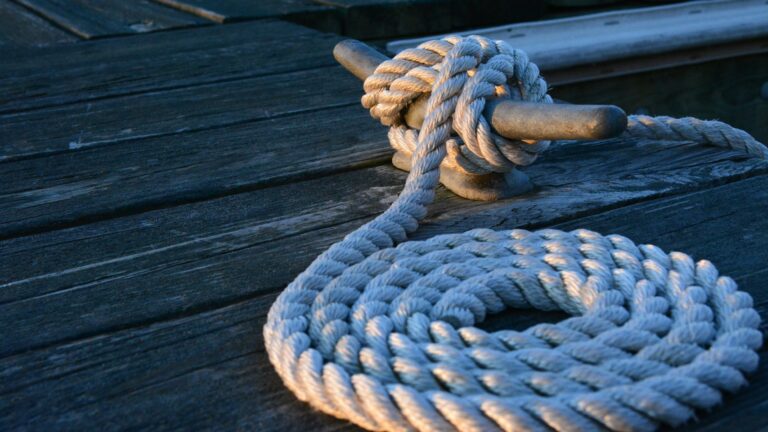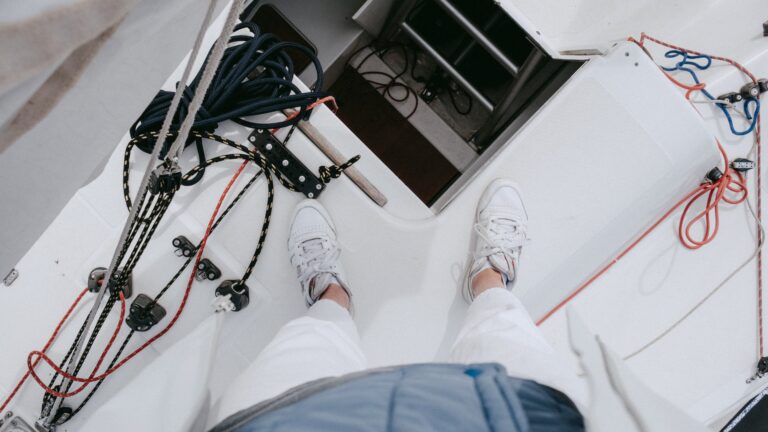What are the most common sailing accidents?
Introduction
- Overview of sailing
- Common causes of sailing accidents
- Overview of most common sailing accidents
Boating Accidents
- Falling overboard
- Capsizing the vessel
- Collisions with other vessels or objects
- Sinking of the vessel
- Fire on board the vessel
- Inadequate boat design or equipment failure
- Environmental conditions
- Operator error or carelessness
- Poorly maintained boat or equipment
- Alcohol consumption and drug use while operating a boat
- Conclusion
Introduction
Sailing is a centuries-old tradition that has seen a resurgence in popularity over recent years due to its therapeutic and recreational benefits, as well as its relatively low cost compared to other water sports activities such as cruising or motor boating. Despite its popularity and the skillful nature of the sport, sailing can be dangerous and unfortunately, sailing accidents do occur when safety precautions are not taken seriously or when inexperienced sailors take risks they are not yet prepared for in terms of skill level or knowledge base. In this article, we explore some of the most common causes and types of sailing accidents, and what sailors should be aware of in order to stay safe while out on the water.
## Common Causes of Sailing Accidents
The most common cause of sailing accidents is operator error – either by inexperience or carelessness – which can be attributed to around 40-50% of all reported incidents according to reports from the US Coast Guard’s Office of Auxiliary & Boating Safety (AUXS). These incidents are often caused by acting impulsively without considering weather conditions, failing to check for navigational hazards before setting sail, speeding through choppy waters, not having enough crew on board for maneuvering purposes, failing to prepare adequately for changing weather conditions and failing to use proper safety equipment such as life jackets and flares when necessary. Other causes include inadequate boat design or equipment failure, environmental conditions such as strong winds or heavy waves, collisions with other vessels or objects, sinking due to flooding, fire on board the vessel due to a variety of reasons and alcohol consumption and drug use while operating a boat which can all lead to potentially dangerous scenarios for sailors out on the water.
## Overview of Most Common Sailing Accidents
The three most common types of sailing accident are falling overboard (39-44%), capsizing (20-40%) and collisions with other vessels or objects (9-20%). Falling overboard is an especially dangerous type of accident as it’s usually harder for crew members who have fallen off to be spotted in time if they don’t have bright clothing on; this is why it’s important that anyone going out on a sailboat should wear life jackets at all times and bring additional safety items such as flares in case they need help from other vessels nearby in an emergency situation.
Capsizing is another serious issue that can happen when boats turn over due to strong winds pushing them too hard from one side; it can also happen if inexperienced sailors don’t properly adjust their sails according to wind speed changes so it’s important that sailors know how much wind pressure their sails can take depending on their type before setting sail so they can make necessary adjustments at any time during their journey if needed; having enough crew members aboard is also essential for proper maneuvering when facing strong winds so everyone has enough time to react quickly if something goes wrong during these moments.
Collisions with other vessels or objects can also occur when visibility is poor due to foggy weather conditions so it’s important that sailors always keep an eye out for potential hazards before setting sail and consider taking extra measures such as using radar guns if visibility becomes too low during their journey; having a navigator aboard who knows how best to read maps and identify potential obstacles ahead is also recommended during long voyages where there’s a chance you may come across some unexpected obstacles along your route that need avoiding quickly in order to prevent any collisions from occurring which could cause serious damage both materialistically but more importantly put people’s lives at risk if not handled properly in time.
Conclusion
Sailing is an enjoyable activity enjoyed by many around the world but it does come with certain risks that need to be taken into consideration before setting sail each time; understanding some basic safety rules like wearing life jackets at all times, checking for potential navigational hazards beforehand and preparing adequately for changing weather conditions should help minimize any potential risks associated with sailing so you can enjoy your voyage safely without any major incidents happening along the way!







